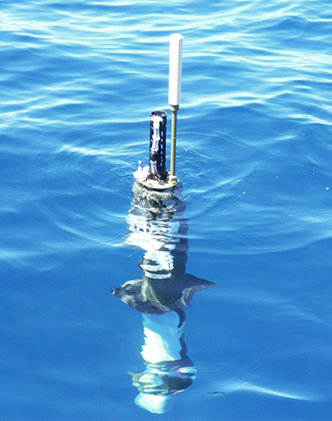Some 4000 meters below sea level, swirling patterns of more than 250 consecutive breaking waves up to 100 meters tall stretch through the Atlantic Ocean's Romanche Trench.
ocean circulation
Posted inScience Updates
Observing and Modeling the Atlantic Meridional Overturning Circulation
2014 U.S. AMOC Science Team Meeting;
Seattle, Washington, 9–11 September 2014
Posted inResearch Spotlights
Fluctuations in Atlantic Meridional Overturning Circulation
Variations in large-scale convection in the Atlantic Ocean are likely driven by wind.
Posted inResearch Spotlights
Variability in Atlantic Circulation Partly Driven by Wind
Models and observations indicate that the Atlantic Meridional Overturning Circulation exhibits surprising short-term variability, driven largely by wind.
Posted inResearch Spotlights
Circulation a Key Factor in Mediterranean Algal Growth
Scientists use satellite and robotic field data to study the environmental conditions driving phytoplankton blooms in the northwestern Mediterranean Sea.
Posted inResearch Spotlights
Contribution of Weddell Gyre to Global Overturning Circulation
How much does the Weddell Gyre contribute to the Global Overturning Circulation?



